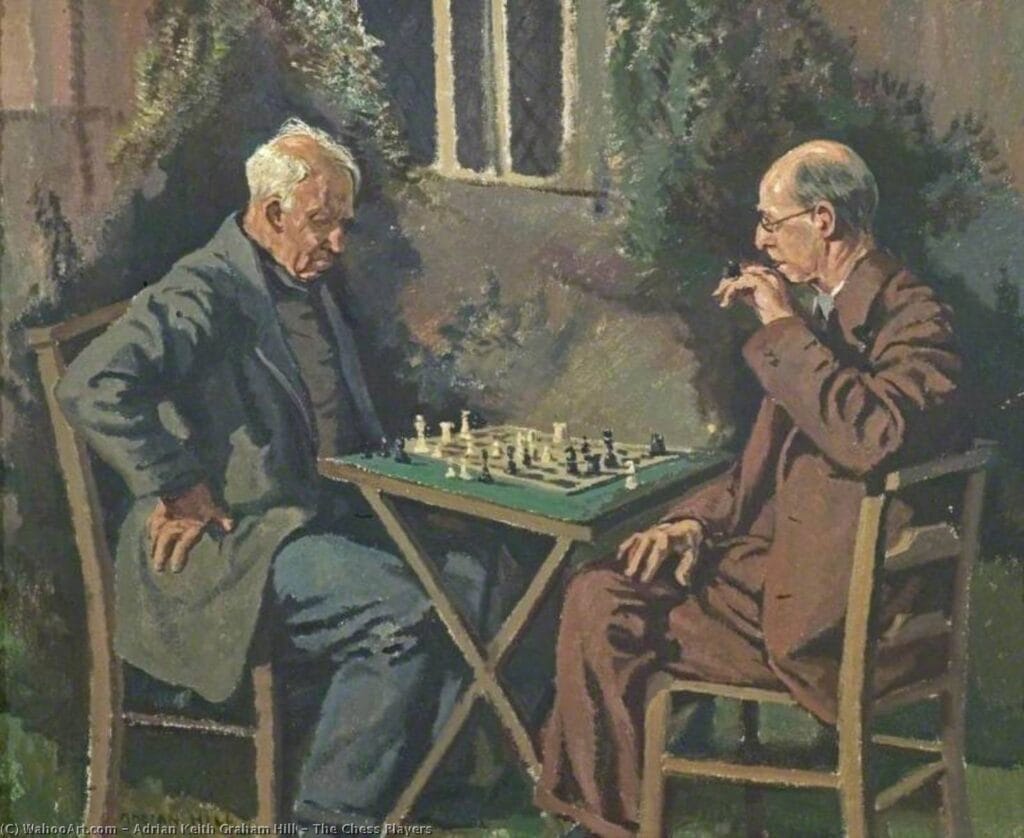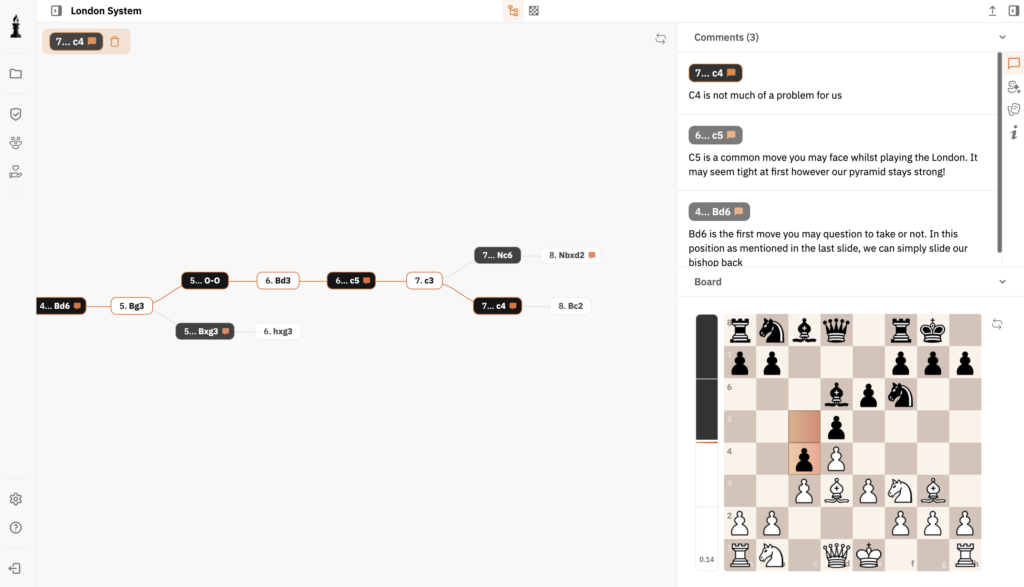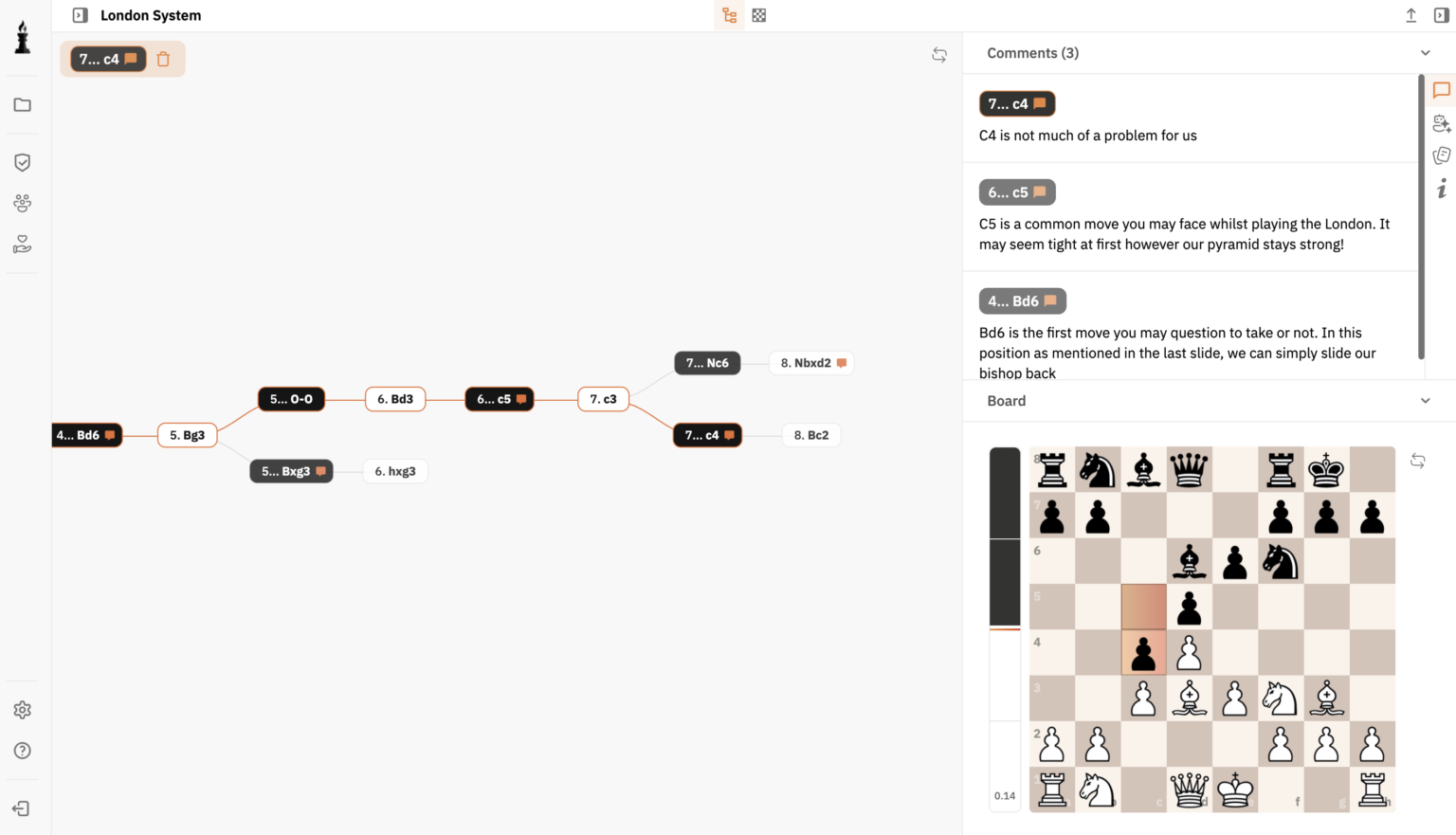Knowing these chess aphorisms is essential for beginners as they provide a solid foundation for strategic play. By following these simple rules, players can avoid common mistakes, improve piece development, and strengthen their overall game. Mastering these basics helps beginners make smarter moves, defend better, and create winning opportunities, allowing for faster progress and greater confidence on the board.
1. Develop your pieces early – Get all your pieces active as soon as possible.
2. Control the center – Always aim to dominate the central squares (e4, e5, d4, d5).
3. Knights before Bishops – Knights are usually more effective in early development.
4. Don’t move the same piece twice in the opening – Develop all your pieces first.
5. Castle early – Safeguard your King and connect your Rooks.
6. Don’t bring your Queen out too early – The Queen is a target when developed too soon.
7. Keep pawn moves to a minimum in the opening – Focus on piece development.
8. Protect your King at all times – A secure King is essential for a successful game.
9. Don’t give unnecessary checks – Checks without purpose can backfire.
10. Rooks belong on open files – Open files allow Rooks to reach their full potential.
11. Avoid unnecessary exchanges – Only trade pieces when it benefits you.
12. Centralize your pieces – Pieces in the center control more squares.
13. Knights on the rim are dim – Keep Knights in the center where they are most effective.
14. Castle as soon as possible – Especially when your King is exposed.
15. Don’t open the position if you’re behind in development – Keep things closed until you’re ready.
16. Create a strong pawn structure – Avoid isolated, doubled, or backward pawns.
17. Rooks on the 7th rank are powerful – They can attack and restrict the enemy King.
18. Don’t lose material for no reason – Every piece and pawn is valuable.
19. A safe King allows better attacks – Defend your King before you attack.
20. Try to avoid moving pawns that defend your King – They create weaknesses.
21. Don’t blindly capture pieces – Always consider the consequences before recapturing.
22. Develop before you attack – Make sure all your pieces are active before starting an attack.
23. Keep your pieces protected – Unprotected pieces are vulnerable to tactics.
24. Control open files and diagonals – They are highways for your Rooks and Bishops.
25. Keep your Queen safe until mid-game – The Queen is your most valuable piece.
26. Don’t trade a good piece for a bad one – Keep your active pieces.
27. Always check for threats – After every move, ask what your opponent is threatening.
28. Centralize your King in the endgame – The King becomes an active piece.
29. Place your pawns in the center – Central pawns control key squares.
30. Two Bishops are stronger than two Knights in open positions – Bishops control more territory.
31. Knights are stronger than Bishops in closed positions – Knights can jump over pawns.
32. Always think two moves ahead – What happens after your next move?
33. Don’t rush an attack – Build up your position before launching an attack.
34. Use all your pieces in an attack – Don’t rely on one or two pieces.
35. Avoid advancing pawns unnecessarily – They can’t move back once pushed.
36. A passed pawn must be pushed – Passed pawns are a powerful endgame weapon.
37. Always try to create a plan – Every move should have a purpose.
38. Control the center before attacking the flanks – A strong center leads to better attacks.
39. Avoid trading Queens when behind – It’s harder to mount a comeback without Queens.
40. Try to restrict your opponent’s pieces – Limit their mobility and options.
41. Protect your first rank – Avoid back rank mates by giving your King an escape square.
42. If you have more space, avoid piece exchanges – Keep your pieces on the board to exploit your space advantage.
43. An active Rook is better than a passive Rook – Keep your Rooks on open files or ranks.
44. Don’t pin your own pieces – Pins restrict your own mobility.
45. Passed pawns are valuable in the endgame – Push them toward promotion.
46. Try to control open files with your Rooks – They become more powerful in open positions.
47. Don’t waste time chasing pawns in the opening – Develop your pieces instead.
48. Always evaluate your opponent’s threats – Don’t ignore your opponent’s plans.
49. Simplify when ahead in material – Trading pieces makes it easier to convert your advantage.
50. A King in the center is strong in the endgame – Use your King actively when there are few pieces left.
FAQ
To play chess, start by setting up the board correctly with the white square at the bottom right. Each player controls 16 pieces: a king, queen, two rooks, two knights, two bishops, and eight pawns. The objective is to checkmate your opponent’s king by placing it under attack without any legal moves to escape. Pieces move according to specific rules, and the game is played on an 8×8 grid. Strategy and tactics play a crucial role.
Chess for dummies breaks the game down into simple steps. Start by learning how each piece moves: pawns move forward, knights in an L-shape, bishops diagonally, rooks in straight lines, the queen in any direction, and the king moves one square at a time. Focus on controlling the center of the board and developing your pieces quickly. Castling and protecting your king are key strategies for beginners.
There isn’t a single ‘best move’ in algebraic chess notation as it depends on the position. However, common strong opening moves include 1. e4 (King’s Pawn) and 1. d4 (Queen’s Pawn), which control the center. Understanding openings, tactics like pins, forks, and skewers, and analyzing your opponent’s threats will guide you to the best move in a given position.
To play chess properly, start by mastering the basics: understanding how each piece moves and capturing your opponent’s pieces while protecting your own. Develop your pieces early, control the center of the board, and prioritize the safety of your king by castling. Avoid moving the same piece multiple times in the opening and plan a few moves ahead to anticipate your opponent’s strategy.






